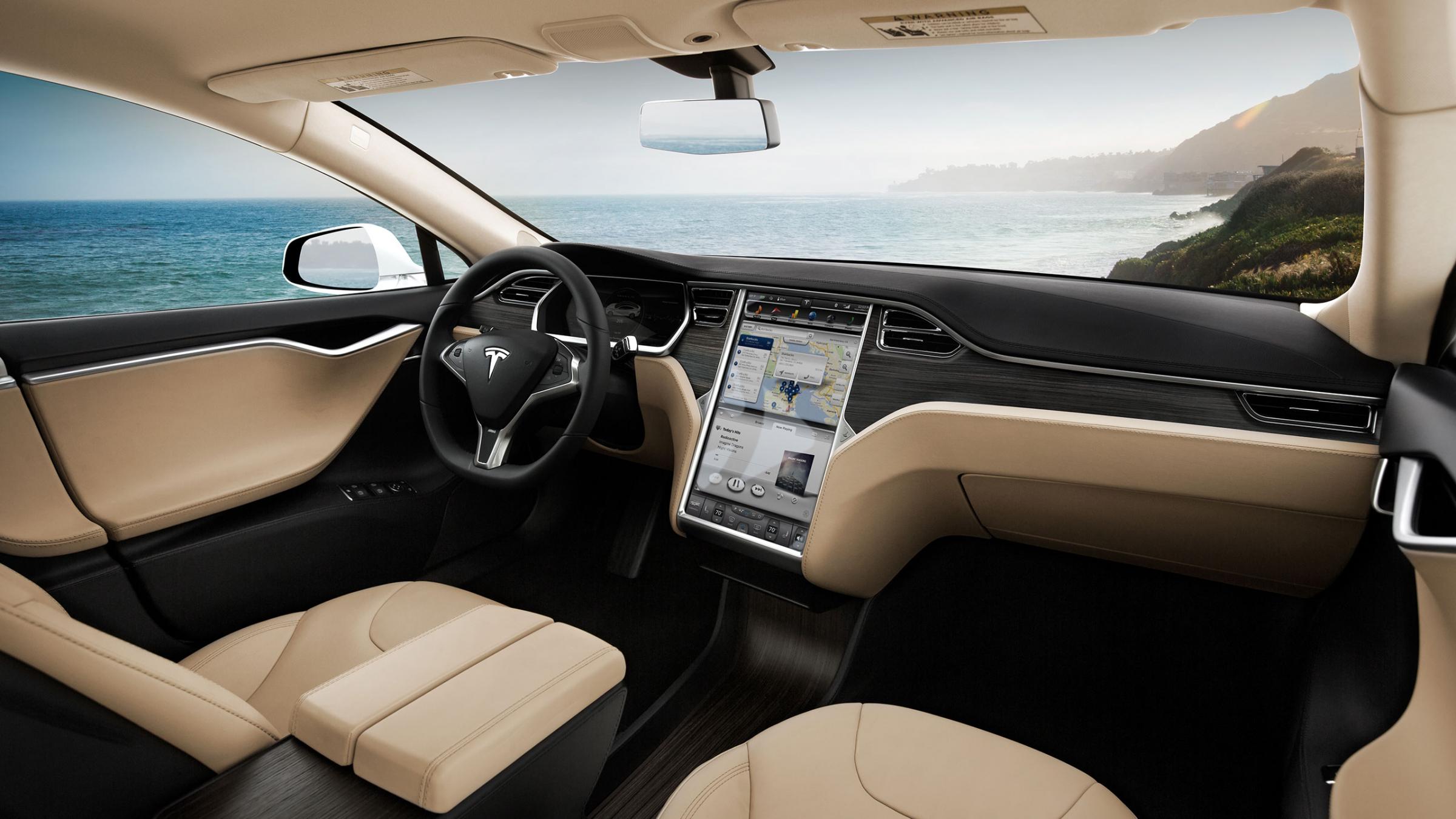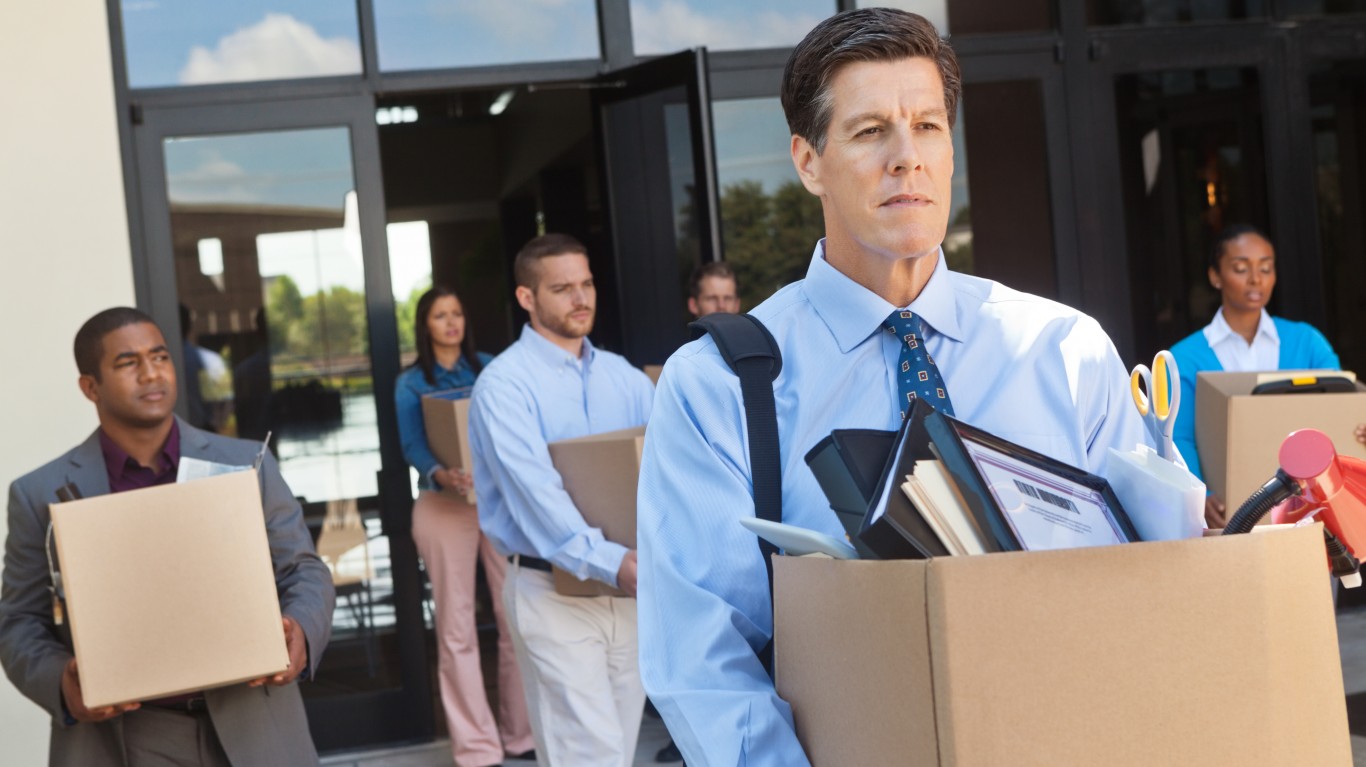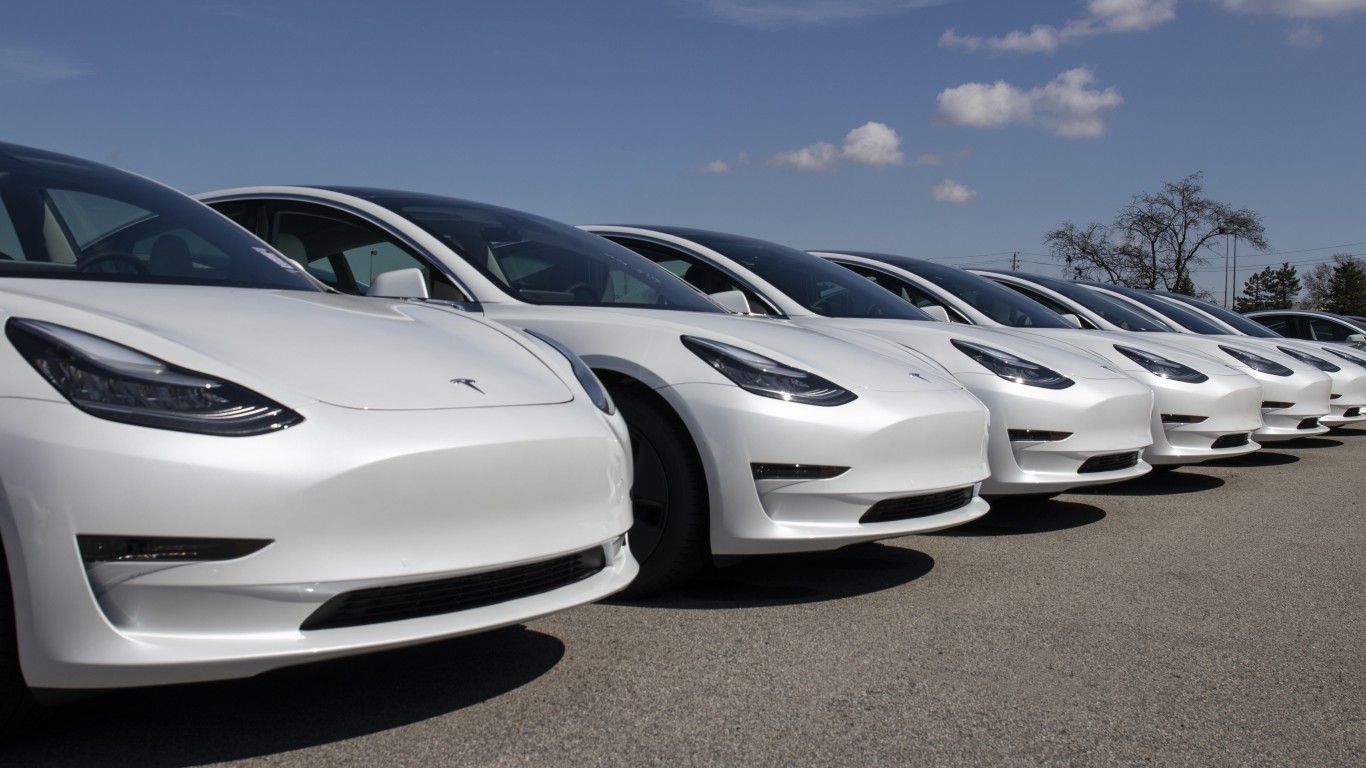Tesla Motors Inc. (NASDAQ: TSLA) said it will provide software that will allow car owners to navigate on major highways, where the car can drive itself. What it did not say is how risky the plan is or how often a Tesla might crash in the new mode. Like any other car, there are dangers of driving. In Tesla’s case, the risk is due to untried technology.
The best assessment of concern came from Karl Brauer of Kelly Blue Book, who told The New York Times that passengers in driverless cars should consider that, “if you’re an individual that starts doing it, you’d better hope nothing goes wrong.” Brauer also thinks the system could run afoul of some state laws.
However, the legal problems with the Tesla technology are secondary. The primary issue is a high level of danger. Companies with much larger R&D operations, like Google Inc. (NASDAQ: GOOGL) have been working on self-driving cars for at least two years. None has taken the risk of actually putting the technology on the road. Management of the Google project recently commented that a commercially available self-driving car is five years away.
Unlike the Google car, the new Tesla technology is not mean to drive a car on any road at any time. CEO Elon Musk has made it clear that the feature will only work on roads with a large amount of traffic. More traffic usually means more speed, and more cars with which other cars can collide.
As has been true of most advances at Tesla, Musk has beaten long odds to introduce innovation. These chances have worked, to the extent that Tesla cars are considered among the best on the highway in terms of safety and features. The easiest way to quickly reverse these advances is for self-driving Tesla vehicles to get into accidents. No matter how good the technology, any and all car types get into accidents. Tesla is not saying that its new advance will make its cars accident free.
ALSO READ: Tesla Fires Staff in China as Sales Falter
Get Ready To Retire (Sponsored)
Start by taking a quick retirement quiz from SmartAsset that will match you with up to 3 financial advisors that serve your area and beyond in 5 minutes, or less.
Each advisor has been vetted by SmartAsset and is held to a fiduciary standard to act in your best interests.
Here’s how it works:
1. Answer SmartAsset advisor match quiz
2. Review your pre-screened matches at your leisure. Check out the advisors’ profiles.
3. Speak with advisors at no cost to you. Have an introductory call on the phone or introduction in person and choose whom to work with in the future
Get started right here.
Thank you for reading! Have some feedback for us?
Contact the 24/7 Wall St. editorial team.



